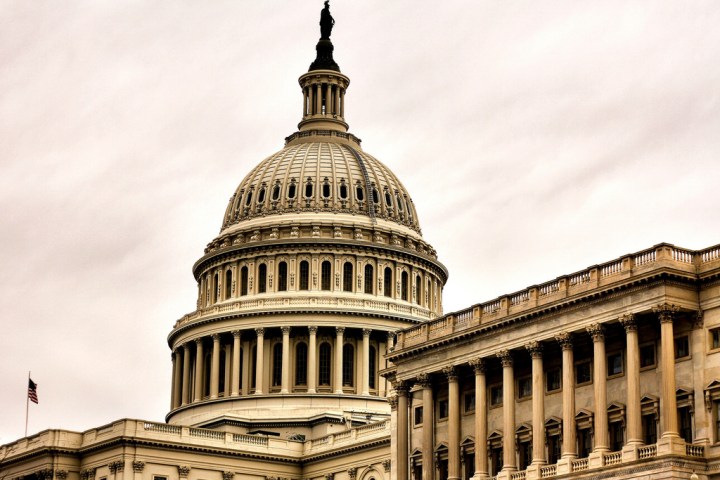
House Speaker Paul Ryan (R-Wisc.) proposed new fines and ethics violations for House members that take photo and video from the floor of the chamber.
This proposal is most likely in response to the 25-hour sit-in staged by Democrats earlier in 2016, protesting the lack of gun reform. According to Bloomberg, the first violation will net violators a $500 fine, which will be deducted from member’s paychecks. Second and subsequent violations will carry a steeper fine of $2,500 per incident.
Not only that, any other incidents that may disrupt decorum could be sent to the House Committee on Ethics, potentially leading to sanctions.
“These changes will help ensure that order and decorum are preserved in the House of Representatives so lawmakers can do the people’s work,” a spokeswoman for Ryan said in a statement.
Taking photo or video had already been prohibited on the floor, but was never enforced. But after the sit-in, led by John Lewis (D-Ga.), Ryan called a recess, effectively ending the C-SPAN broadcast. That is when Democrats used their phones and took to social media.
“The imposition of a fine could potentially violate both the First Amendment, as well as, the Speech and Debate clause, which creates extensive protections for speech by legislators,” Chip Gibbons, who serves as the policy and legislative counsel for the Bill of Rights Defense Committee and Defending Dissent Foundation, told Digital Trends in an email. According to Gibbons, courts have already found that under certain circumstances, recording footage does fall under speech.
“Given the public interest — and inherently political nature of the act — it seems likely that videos, photography, and live streaming from the House floor would also be found to be speech, and protected by the First Amendment,” Gibbons said.


